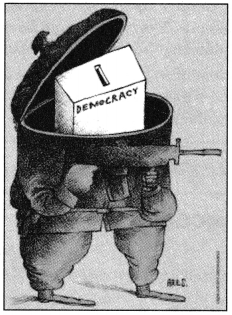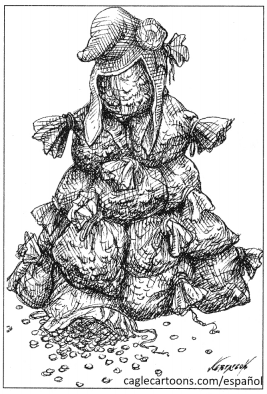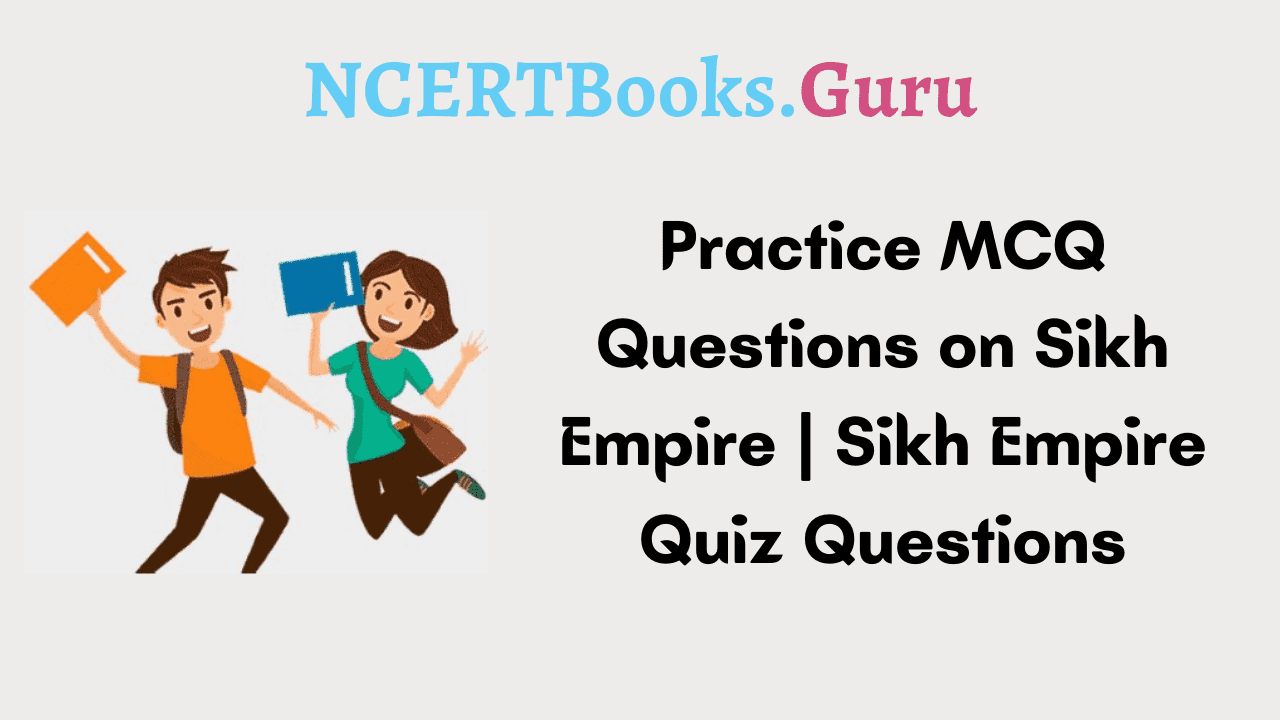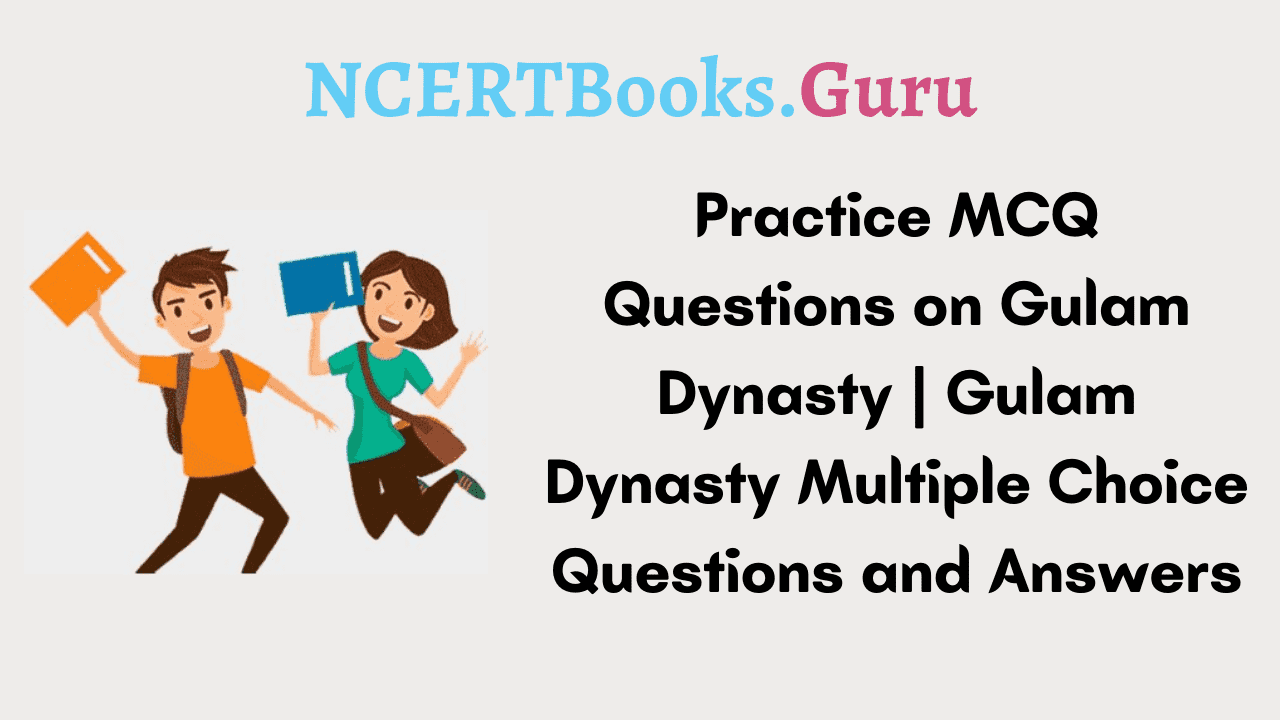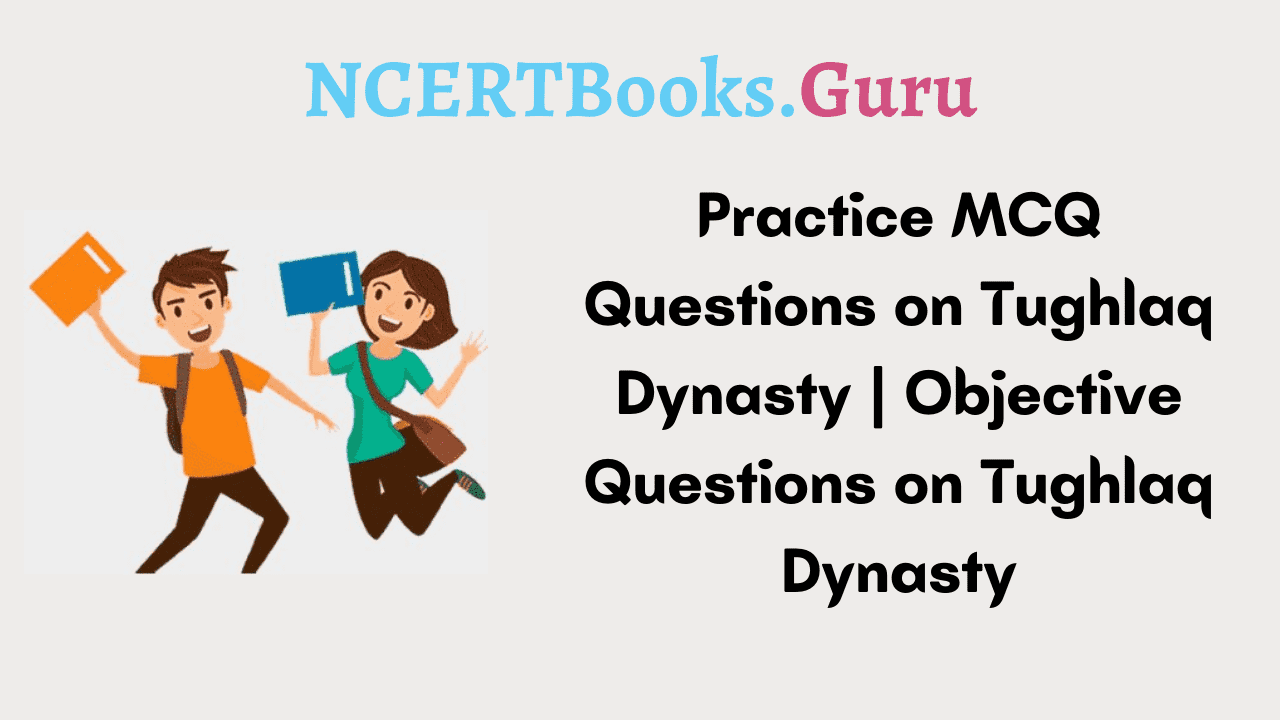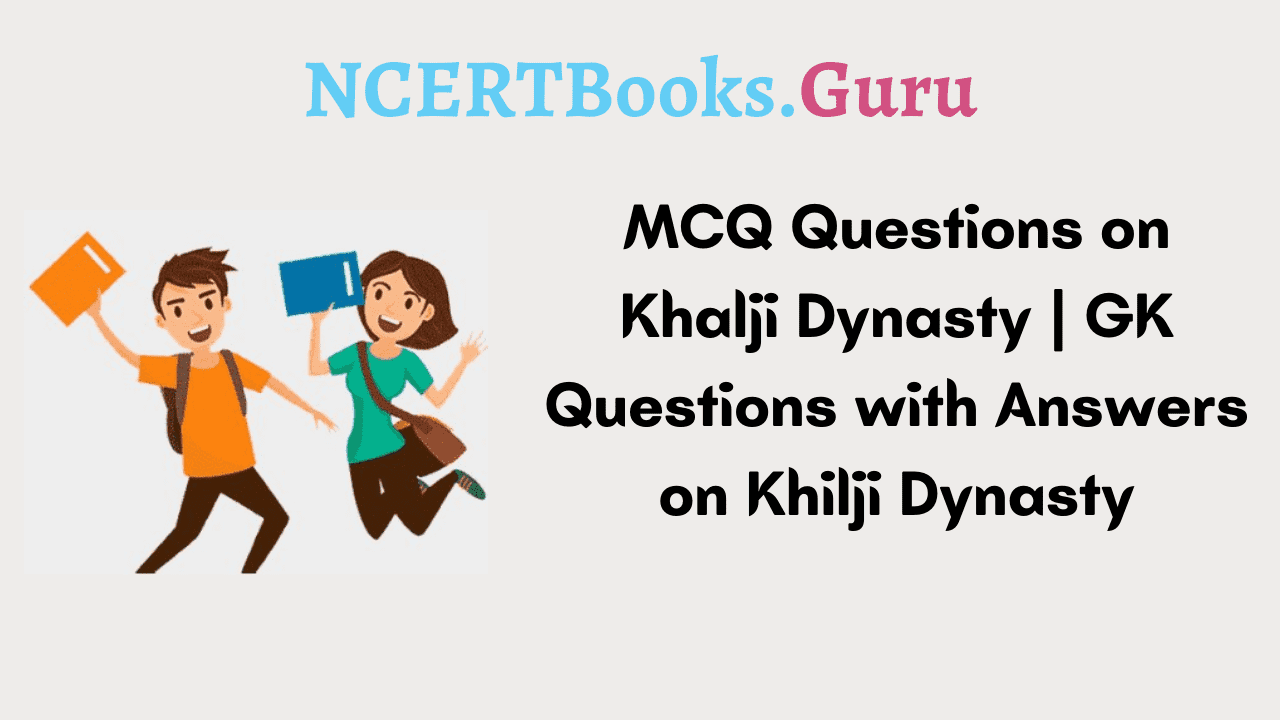In this article, you can find various types of Multiple Choice Questions on Sikh Empire. Practicing the Sikh Empire Questions and Answers on a regular basis paves way for success in your way. Allot some time for practicing the Sikh Empire Objective Questions and enhance your subject knowledge. Avail the handy Sikh Empire MCQ Quiz PDF and download them and prepare offline too.
Sikh Empire History Multiple Choice Questions and Answers
1. Guru Nanak was born at
A. Talwandi
B. Purandhar
C. Amritsar
D. Poona
Answer
Answer: Option A
Explanation : Guru Nanak was born on 29 November 1469 at Rāi Bhoi Kī Talvaṇḍī (present day Nankana Sahib, Punjab, Pakistan) near Lahore. His parents were Kalyan Chand Das Bedi, popularly shortened to Mehta Kalu, and Mata Tripta. His father was the local patwari (accountant) for crop revenue in the village of Talwandi.
2. Guru Gobind Singh was the son of
A. Tegh Bahadur
B. Arjan Dev
C. Har Gobind
D. Nanak
Answer
Answer: Option A
Explanation : Gobind Singh was the only son of Guru Tegh Bahadur, the ninth Sikh guru, and Mata Gujri. He was born in Patna, Bihar in the Sodhi Khatri family while his father was visiting Bengal and Assam.
3. Banda Bahadur, a Sikh leader who led a revolt against the Mughals after the assassination of Guru Gobind Singh, was captured and executed during the reign of
A. Bahadur Shah
B. Aurangzeb
C. Jahandar Shah
D. Farrukh Siyar
Answer
Answer: Option D
Explanation : Banda Bahadur, a Sikh leader who led a revolt against the Mughals after the assassination of Guru Gobind Singh, was captured and executed during the reign of Farrukh Siyar.
4. Guru Gobind Singh had sent Banda Bahadur to Punjab
A. To propagate the Sikh religion
B. To show off his strength and valour
C. To crush the enemies of Khalsa
D. To establish a Sikh empire
Answer
Answer: Option C
Explanation : Guru Gobind Singh had sent Banda Bahadur to Punjab to crush the enemies of Khalsa.
5. According to Guru Nanak Salvation could be obtained
A. In the service of God
B. Taking the Brahmans and Mullahs as their guides
C. In fighting for the country
D. In fighting against Islam
Answer
Answer: Option A
Explanation : According to Guru Nanak Salvation could be obtained In the service of God. He said, “Serve God. Serve humanity. Only service to humanity shall secure for us a place in heaven”.
6. Who succeeded Guru Nanak?
A. Guru Angad
B. Guru Ramdas
C. Guru Arjun
D. Guru Hargobind
Answer
Answer: Option A
Explanation : Guru Nanak appointed Bhai Lehna as the successor Guru, renaming him as Guru Angad, meaning “one’s very own” or “part of you”. Shortly after proclaiming Bhai Lehna as his successor, Guru Nanak died on 22 September 1539 in Kartarpur, at the age of 70.
7. Who among the following Sikh Gurus had laid the foundation of Amritsar?
A. Guru Amar Das
B. Guru Ramdas
C. Guru Arjan Dev
D. Guru Hargovbind
Answer
Answer: Option B
Explanation : Guru Ramdas, 4th Sikh Guru laid the foundation of city of Amritsar in 1577.
8. Akbar granted the present site of Amritsar to the Sikh Guru
A. Amar Das
B. Angad
C. Ram Das
D. Arjan
Answer
Answer: Option A
Explanation : The land was a gift from the Mughal Emperor Akbar (1542-1605) to Guru Amar Das’s daughter, Bibi Bhani, married to (Guru) Ram Das. The name “Amritsar” was originally given to this holy pool created by the fourth Sikh Guru. Amritsar is one of five holy sarovars (sacred pools) in this city.
9. The famous Sikh leader Banda Bahadur was captured and executed during the reign of the Mughal emperor?
A. Aurangzeb
B. Bahadur Shah I
C. Jahandar Shah
D. Farrukhsiyar
Answer
Answer: Option D
Explanation : Baba Banda Singh Bahadur was a Sikh leader who, by early 1700, had captured parts of the Punjab region. Mughal emperor Bahadur Shah I failed to suppress Bahadur’s uprising. In 1714, the Sirhind faujdar (garrison commander) Zainuddin Ahmad Khan attacked the Sikhs near Ropar. In 1715, Farrukhisyar sent 20,000 troops under Qamaruddin Khan, Abdus Samad Khan and Zakariya Khan Bahadur to defeat Bahadur. After an eight-month siege at Gurdaspur, Bahadur surrendered after he ran out of ammunition. Bahadur and his 200 companions were arrested and brought to Delhi; he was paraded around the city of Sirhind. Bahadur was put into an iron cage and the remaining Sikhs were chained.
10. Zafarnama was letter written to a Mughal emperor by which of the following Sikh Gurus?
A. Hari Rai
B. Arjan Dev
C. Tegh Bahadur
D. Gobind Singh
Answer
Answer: Option D
Explanation : The Zafarnāma (Epistle of Victory) was a spiritual victory letter sent by Guru Gobind Singh Ji in 1705 to the Mughal Emperor of India, Aurangzeb after the Battle of Chamkaur. The letter is written in Persian verse.
11. The Sikh gurus who compiled the Guru Granth Sahib was
A. Nanak
B. Har Rai
C. Arjan
D. Bahadur
Answer
Answer: Option C
Explanation : Adi Granth, the first rendition, was compiled by the fifth Sikh guru, Guru Arjan. The tenth guru, Guru Gobind Singh, added one shloka, dohra mahala 9 ang, 1429 and all 115 hymns of his father, Guru Tegh Bahadur. This second rendition came to be known as Sri Guru Granth Sahib.
12. Guru Gobind Singh was assassinated by a
A. Mughal
B. Hindu
C. Afghan Pathan
D. Sikh
Answer
Answer: Option C
Explanation : Wazir Khan sent two Afghan Pathan assassins Jamshed Khan and Wasil Beg to attack the Guru during his sleep at Nanded, the Guru’s resting place. They stabbed Guru Gobind Singh in his sleep.
13. The Sikh Guru who fought in the Mughal ranks during the reign of Aurangazeb was
A. Tegh Bahadur
B. Har Rai
C. Amar Das
D. Angad
Answer
Answer: Option A
Explanation : The period following the execution of Guru Tegh Bahadur – the father of Guru Gobind Singh, was a period where the Mughal Empire under Aurangzeb was an increasingly hostile enemy of the Sikh people. The Sikh resisted, led by Gobind Singh, and the Muslim-Sikh conflicts peaked during this period.
14. The first martyrdom in Sikh history in the reign of Jahangir was of
A. Guru Ram Das
B. Guru Tegh Bahadur
C. Guru Angad
D. Guru Arjan
Answer
Answer: Option D
Explanation : Guru Arjan was arrested under the orders of the Mughal Emperor Jahangir and asked to convert to Islam. He refused, was tortured and executed in 1606 CE. Historical records and the Sikh tradition are unclear whether Guru Arjan was executed by drowning or died during torture. His martyrdom is considered a watershed event in the history of Sikhism.
15. Which is the holy book of the Sikh religion?
A. Bhagwad Gita
B. Baani
C. Gurmukhi
D. Guru Granth Sahib
Answer
Answer: Option D
Explanation : ‘Adi Granth’ (Guru Granth Saheb) is the holy book of sikhs. It was, first compiled by Guru Arjun Dev.
16. Guru Arjan Dev transferred the headquarters to
A. Agra
B. Amritsar
C. Karachi
D. Allahabad
Answer
Answer: Option B
Explanation : On the death of his father Guru Ramdas, Guru Arjan the youngest child of Guru Ramdas, ascended the Gaddi of Guruship in 1581, and on assuming the Guruship, moved from Goindwal to Chak Ramdas Pur and started the construction of a grand Sarovar and later Harmandir Saheb in the middle of the Sarovar. The Sarovar was termed a pool of nectar (Amrit Sarovar) and the city was named as Amritsar due to this.
17. The Sikh Guru who wrote Guru Nank’s biography was
A. Guru Angad Dev
B. Guru Amardas
C. Guru Ramdas
D. Guru Arjun Dev
Answer
Answer: Option A
Explanation : The second sikh Guru, Guru Angad Dev wrote the first biography of Guru Nanak Dev.
18. Khalsa Panth was created by Guru Gobind Singh in which year?
A. 1599
B. 1707
C. 1699
D. 1657
Answer
Answer: Option C
Explanation : Khalsa Panth was established by tenth Sikh Guru Govind Singh in 1699.
19. When was First Anglo Sikh War fought?
A. 1846
B.
C.
D.
Answer
Answer: Option A
Explanation : The First Anglo-Sikh War was fought between the Sikh Empire and the East India Company between 1845 and 1846. It resulted in partial subjugation of the Sikh kingdom.
20. The Sikh Guru who wrote “Zafar-Nama” in Persian was
A. Guru Har Rai
B. Guru Har Krishan
C. Guru Gobind Singh
D. Guru Tegh Bahadur
Answer
Answer: Option C
Explanation : Zafar-Nama’ (Declaration of Victory) was a victory letter sent by tenth Sikh Guru Gobind Singh to Mughal Emperor Aurangzeb in 1705. It was written in Persian Language.
21. The Akaal Takht was built by
A. Guru Ramdas
B. Guru Teg Bahadur
C. Guru Hargovind
D. Guru Nanak
Answer
Answer: Option C
Explanation : ‘Akaal Takht’ means the time less throne. It is a building in the premises of Golden Temple, complex Amritsar. It was established by Sikh Guru-Guru Hargobind Sahib.
22. Which was the birth place of Guru Nanak?
A. Gurdaspur
B. Amritsar
C. Lahore
D. Talwandi
Answer
Answer: Option D
Explanation : Guru Nanak was born on 29 November 1469 at Rāi Bhoi Kī Talvaṇḍī (present day Nankana Sahib, Punjab, Pakistan) near Lahore.
23. The Sikh military sect ‘the Khalsa’ was introduced by
A. Guru Har Rai
B. Guru Har Krishan
C. Guru Gobind Singh
D. Guru Tegh Bahadur
Answer
Answer: Option C
Explanation : Khalsa (Punjabi: “the pure”) refers to both a special group of initiated Sikh warriors, as well as a community that considers Sikhism as its faith. The Khalsa tradition was initiated in 1699 by the last living Guru of Sikhism, Guru Gobind Singh. Its formation was a key event in the history of Sikhism.
24. The founder of the Independent Sikh State was
A. Guru Nanak
B. Guru Govind Singh
C. Dalip Singh
D. Maharaja Ranjit Singh
Answer
Answer: Option D
Explanation : The Sikh Empire (Sarkar-i-Khalsa) was founded by Maharaja Ranjit Singh. Lahore was the political capital of Maharaja Ranjit singh.
25. The Sikh Guru who had been killed at the instance of Aurangzeb was
A. Guru Atjan Dev
B. Guru Hargobind
C. Guru Tegh Bahadur
D. Guru Gobind Singh
Answer
Answer: Option C
Explanation : In 1675 Guru Tegh Bahadur was executed in Delhi on 11 November under the orders of the Mughal Emperor Aurangzeb.
26. The Apostolate of the Sikhs consisted of leaders
A. Eighteen
B. Ten
C. Only Two
D. Seven
Answer
Answer: Option B
Explanation : The Apostolate of the Sikhs consisted of 10 leaders.
27. The voluminous compositions attributed to Guru Gobind Singh (the last Sikh Guru) are collectively known as
A. Dasam (Padshah Ka) Granth
B. Apni Katha
C. Baichitra Natak
D. Gyan Prabodh
Answer
Answer: Option C
Explanation : Bichitra Natak, an autobiography generally attributed to Guru Gobind Singh.
28. The Sikh Guru who was executed by Aurangzeb was
A. Guru Nanak
B. Guru Arjan
C. Guru Gobind
D. Guru Tegh Bahadur
Answer
Answer: Option D
Explanation : The Guru was summoned to Delhi by Aurangzeb on a pretext, but when he arrived, he was offered, “to abandon his faith, and convert to Islam”. Guru Tegh Bahadur refused, and he and his associates were arrested. He was executed on 11 November 1675 in public in Chandni Chowk, Delhi.
29. The Sikh guru who had fought the Mughals was
A. Guru Nanak Dev
B. Guru Hargobind
C. Guru Tegh Bahadur
D. Guru Gobind Singh
Answer
Answer: Option D
Explanation : The Battle of Chamkaur, also known as Battle of Chamkaur Sahib, was fought between the Khalsa led by Guru Gobind Singh and the Mughal forces led by Wazir Khan. Guru Gobind Singh makes a reference to this battle in his victory letter Zafarnama.
30. The Sikh Guru executed by Aurangzeb after cruel torture was
A. Har Rai
B. Har Krishan
C. Hargobind
D. Tegh Bahadur
Answer
Answer: Option D
Explanation : In 1675 Guru Tegh Bahadur was executed in Delhi on 11 November under the orders of the Mughal Emperor Aurangzeb. Three of his colleagues, who had been arrested with him, were then put to death in front of him. He continued his refusal to convert to Islam.

